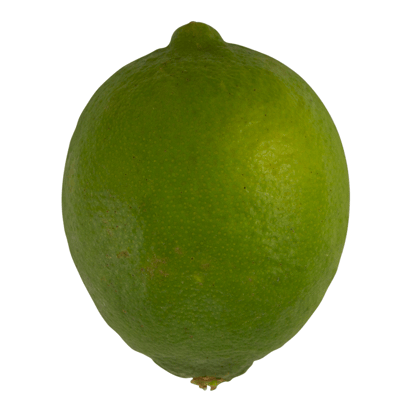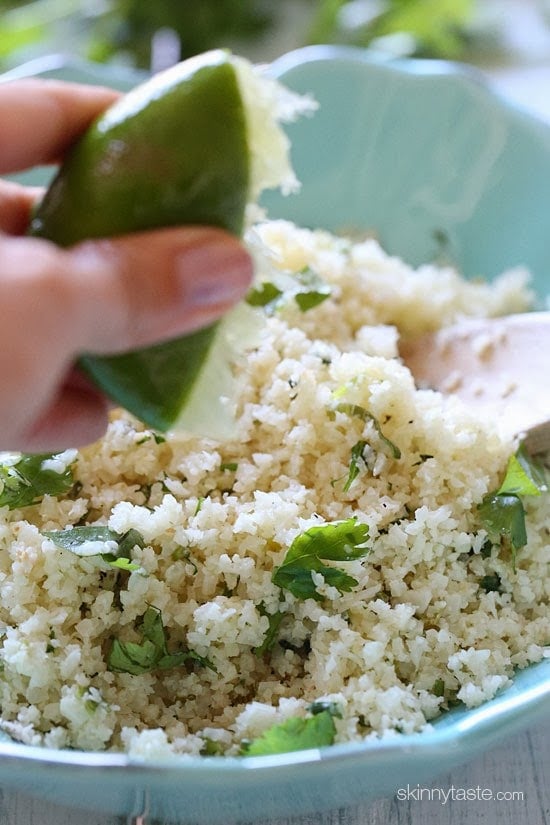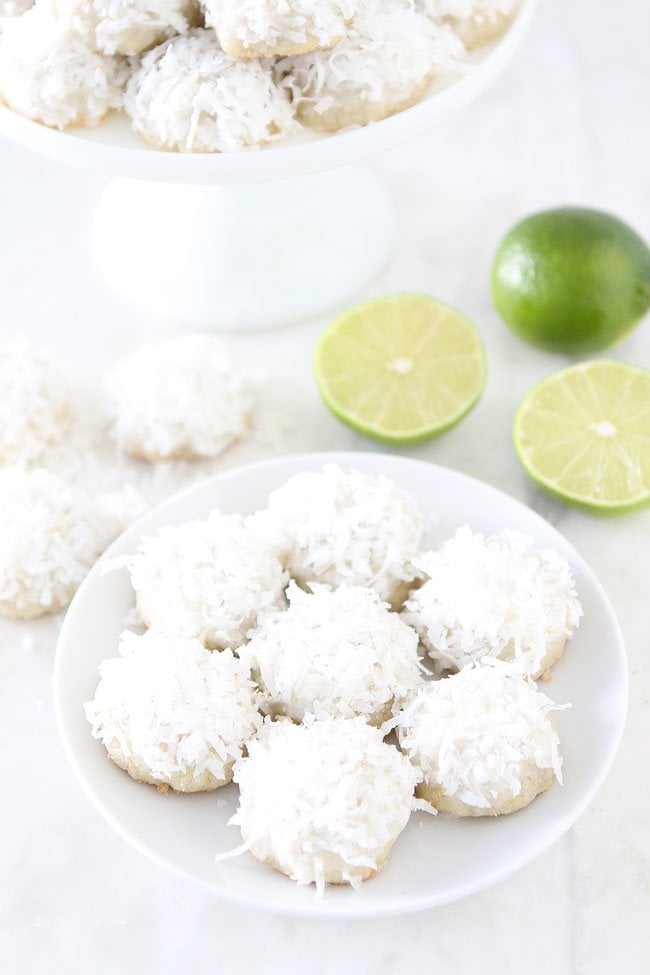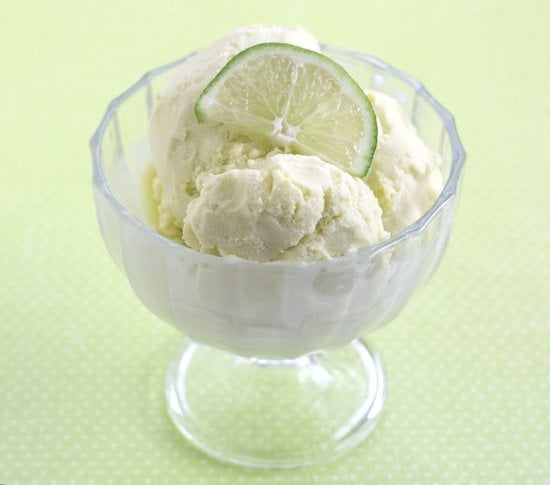Limes: Important Facts, Health Benefits, and Recipes
Limes are a versatile and nutrient-rich citrus fruit that can add a tangy twist to a wide variety of dishes and beverages.

Best Limes Recipes
-

-

-
:max_bytes(150000):strip_icc()/__opt__aboutcom__coeus__resources__content_migration__simply_recipes__uploads__2016__05__key-lime-pie-horiz-a-1600-93386deb8a474628a007d85516c255b4.jpg)
-

-
:max_bytes(150000):strip_icc()/__opt__aboutcom__coeus__resources__content_migration__serious_eats__seriouseats.com__recipes__images__2013__02__20130210-240329-bar-bites-chili-lime-jicama-sticks-bd12424c5e6b47dc9a80b1f948cbd131.jpg)
-

-

-
:max_bytes(150000):strip_icc()/__opt__aboutcom__coeus__resources__content_migration__serious_eats__seriouseats.com__recipes__images__2016__05__20160505-sopa-de-lima-22-a78c408efb60416d8b6e36b45e3977fa.jpg)
-
![Lime Coconut Snowballs Image]()
-
![Smoky Soy Lime Peanuts Image]()
-
![Lime Ice Cream Image]()
-
![Gimlet Cocktail Recipe Image]()
-
![Cilantro Lime Compound Butter Recipe Image]()
-
![Chili Lime Steak Bites Image]()
-
![Sautéed Corn With Chorizo, Cilantro, and Lime Juice Recipe Image]()
-
![Shrimp Ceviche Recipe Image]()





:max_bytes(150000):strip_icc()/__opt__aboutcom__coeus__resources__content_migration__simply_recipes__uploads__2020__08__Gimlet-Cocktail-LEAD-4-d7e46f7400b24163aa7049332cac56d9.jpg)
:max_bytes(150000):strip_icc()/__opt__aboutcom__coeus__resources__content_migration__simply_recipes__uploads__2007__06__cilantro-lime-butter-horiz-a-1600-5330bdc1642f4e04824ae8bc72b2562f.jpg)

:max_bytes(150000):strip_icc()/__opt__aboutcom__coeus__resources__content_migration__serious_eats__seriouseats.com__recipes__images__2015__07__20150729-corn-chorizo-easy-summer-2-ca1fe5829bac4c8698feed22f2b71573.jpg)
:max_bytes(150000):strip_icc()/shrimp-ceviche-recipe-5213319-hero-01-8d349ee0591048a588ffac66b3c5870c.jpg)